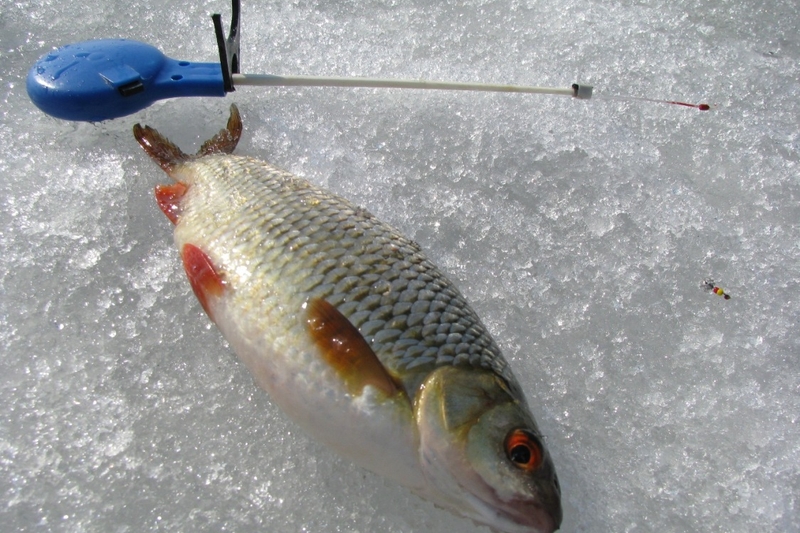advance find a place
Nature and types of water bodies in central Sweden
 The central part of the country consists mainly of forests and agricultural areas. Most of the territory is a plain, in particular in the region of the largest lakes of the country – Vänern, Vättern, Elmarin and Mälaren. Then the nature gradually changes, and the plain gives way to the forest. The whole of central Sweden is distinguished by a great diversity of nature and water bodies, which guarantees successful, diverse fishing.
The central part of the country consists mainly of forests and agricultural areas. Most of the territory is a plain, in particular in the region of the largest lakes of the country – Vänern, Vättern, Elmarin and Mälaren. Then the nature gradually changes, and the plain gives way to the forest. The whole of central Sweden is distinguished by a great diversity of nature and water bodies, which guarantees successful, diverse fishing.
In the large lakes of central Sweden – Mälaren, Elmarin, Vättern, Vänern – allowed
fishing sports methods.
Characteristics of reservoirs
Central Sweden has it all: from many thousands of small forest lakes to countless large and small nutrient-rich plain lakes.
Large rivers Clarelven and Dahalven flow through central Sweden, on the border of central and northern Sweden the Jusnan river flows. Dahlälven flows from northwest to southeast and flows into the Baltic Sea about 150 kilometers north of Stockholm. Continue reading
Insect fishing nozzle
 In nature, there are countless insects, of which a significant part in one or another phase of development can be used as a good nozzle when fishing. This review includes only some species of insects that have been tested as a bait by the experience of many anglers and are found in large numbers.
In nature, there are countless insects, of which a significant part in one or another phase of development can be used as a good nozzle when fishing. This review includes only some species of insects that have been tested as a bait by the experience of many anglers and are found in large numbers.
Fisherman, in addition to the name of insects, it is useful to get acquainted with their biological nature, with the development of the insect during the entire life cycle. This will allow you to know the time and methods of extraction and use of not only the species described in the review, but also other insects useful in fishing.
Upon completion of development in the egg, i.e. the embryonic phase, hatching occurs; from this point on, the insect enters the second stage of its development – the larva phase, from which the post-embryonic, or postembryonic, period begins. Continue reading
Fishing line
 In order to catch a line, it is necessary to choose areas on the border between thickets of reeds or reeds and clear water, shallow, moderately overgrown bays, windows among aquatic vegetation. In such places are “line trails”, on which the fish goes every day to search for food.
In order to catch a line, it is necessary to choose areas on the border between thickets of reeds or reeds and clear water, shallow, moderately overgrown bays, windows among aquatic vegetation. In such places are “line trails”, on which the fish goes every day to search for food.
Determining the exact location of these feeding paths is not so easy. To do this, you need to fix the places and time of appearance of bubbles of marsh gas on the surface of the water, which are issued by fish digging in the mud, and of regularly visiting the same water body.
The time spent searching for feeding trails is more than repaid on the following fishing trips, as the fish are strongly tied to them and, in the absence of interventions from the outside, do not leave them.
Pecking tench starts at the beginning of May, and the best biting happens right after spawning, in July and in the first half of August. Continue reading





